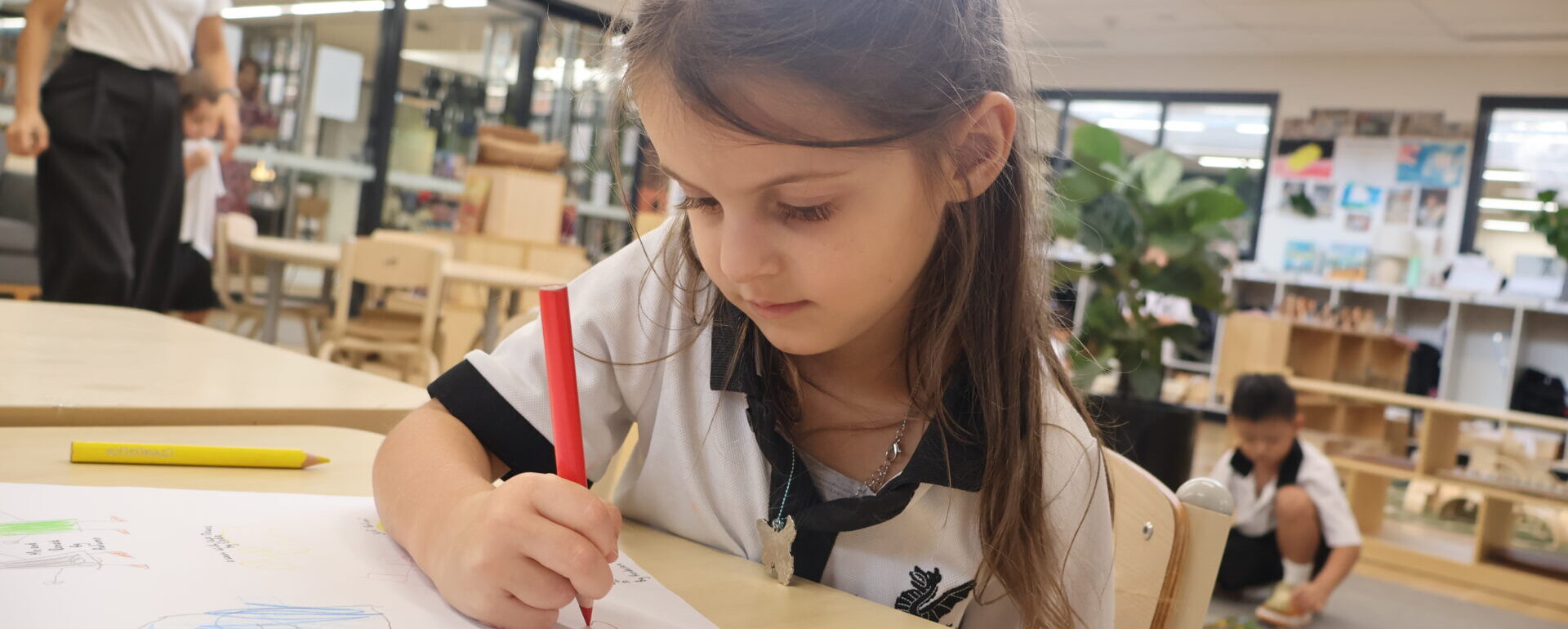14 May 2025
From the Head of the ELC
Young children are naturally curious, learning about the world through interactions with their peers and hands-on exploration. As they experiment with various materials and objects, they develop fine motor skills – essential for lifelong tasks such as feeding, dressing and writing. Repetition and open-ended resources, like paper, drawing tools, glue, clay and blocks, provide opportunities for exploration, fostering both engagement and skill development.
When preschoolers engage in fine motor activities, the emphasis should be on the process rather than the final product. Offering children the freedom to explore materials – such as painting with watercolours on blank paper – is more beneficial than structured tasks like colouring within pre-drawn lines. This approach supports individuality in children’s creations while promoting developmentally appropriate practices.
Preschoolers thrive when given daily opportunities to strengthen their fine motor skills through activities like drawing, cutting, gluing, stringing, and manipulating objects. These foundational skills are critical for handwriting and other advanced tasks they will encounter in their early school years.
By age four, children shift from imitation and tracing to independent drawing. Providing blank paper and varied writing tools supports pre-writing skills, while transcribing their ideas or labelling their drawings reinforces letter formation. By age five, many children begin writing their names and experimenting with inventive spelling. A literacy-rich environment that prioritises pre-writing experiences before formal letter writing is the most effective way to nurture emerging literacy skills.
Handwriting develops during preschool but should never be forced prematurely. If tasks are too challenging, children may lose interest or develop poor writing habits. Fine motor skills flourish through play and hands-on exploration suited to each child’s level or ability within a supportive learning environment—with engaged educators, peers, and thoughtful materials—helping children to build confidence and essential skills at their own pace. Understanding developmental milestones ensures they receive the right support for success.
3 to 5-year-olds should master key fine motor skills before progressing to more complex activities such as pre-writing and using scissors. These foundational skills include:
Developmental Readiness: Activities such as building, stacking, and assembling objects capture children’s curiosity and help them understand shapes, sizes, and the relationship between parts and wholes. These experiences prepare them for tasks like drawing, cutting, and stringing beads.
Good Posture and Balance: Sitting with straight backs and feet firmly on the ground ensures that children can focus on fine motor tasks without worrying about stability. Proper posture allows them to use their arms effectively for manipulating objects.
Shoulder Strength: Upper-body strength, developed through activities like climbing and crawling, provides stability for hand movements. Without this strength, children may struggle with coordination during fine motor tasks.
Grasp: Children should have the ability to hold writing tools firmly yet flexibly. While younger children tend to use all their fingers to hold crayons, most five-year-olds transition to using their thumb, index, and middle fingers, with practice enhancing their grip over time.
Forearm and Wrist Control: Effective fine motor skills require children to rotate their forearm and maintain wrist stability while moving their fingers. These abilities are essential for activities such as cutting and stringing beads.
Bilateral Hand Use: By age three, children should learn to stabilize an object with one hand while using the other hand for tasks like drawing. By age five, they begin coordinating both hands for activities like cutting shapes.
Hand-Eye Coordination: Visual and hand skills must work together seamlessly. Strong coordination between vision and movement is necessary for children to use tools and perform new fine motor tasks effectively.
These foundational skills lead to developing more advanced fine motor abilities and are essential for children’s growth and learning.
The ever-busy hands that are involved in children’s play are ‘healthy’ learning hands when nurtured and supported appropriately, will gradually lead to establishing the complexity of control and the confident use and mastery of skills.
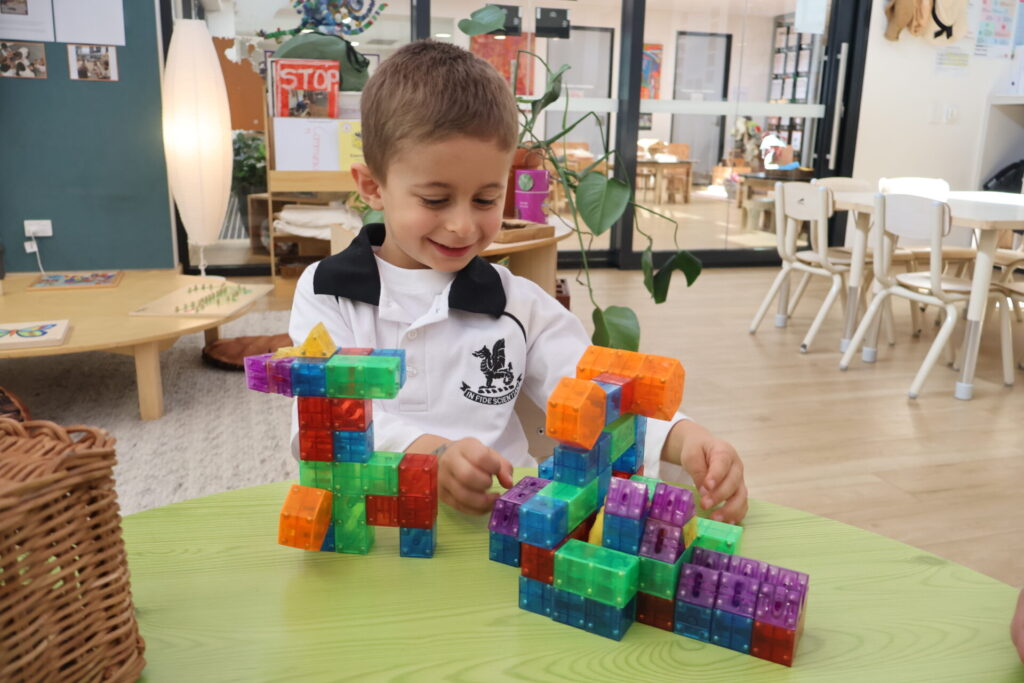
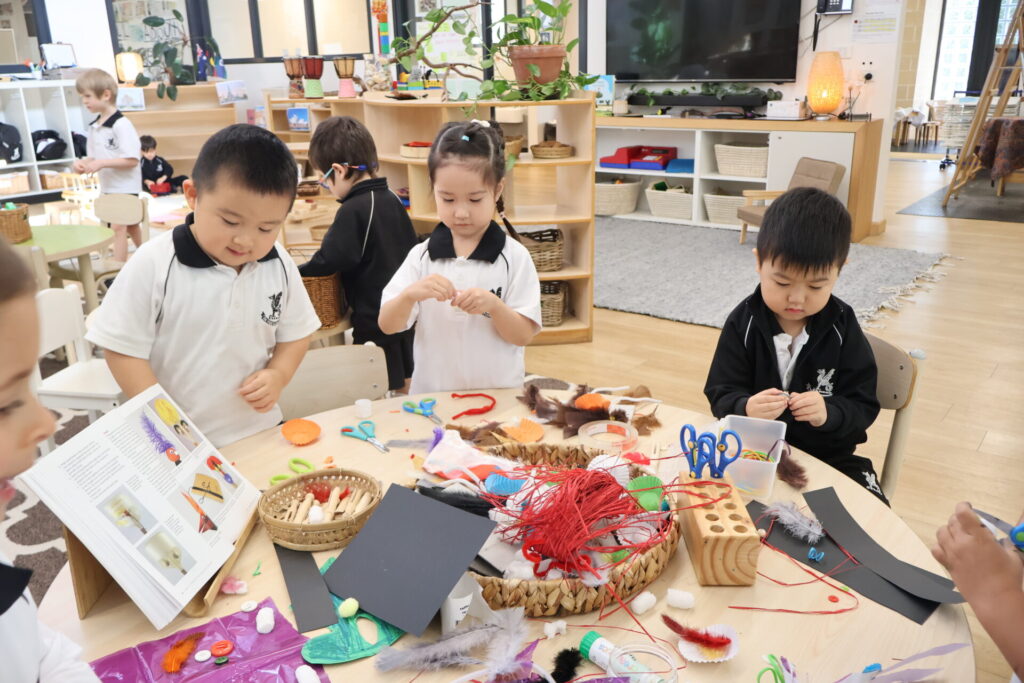
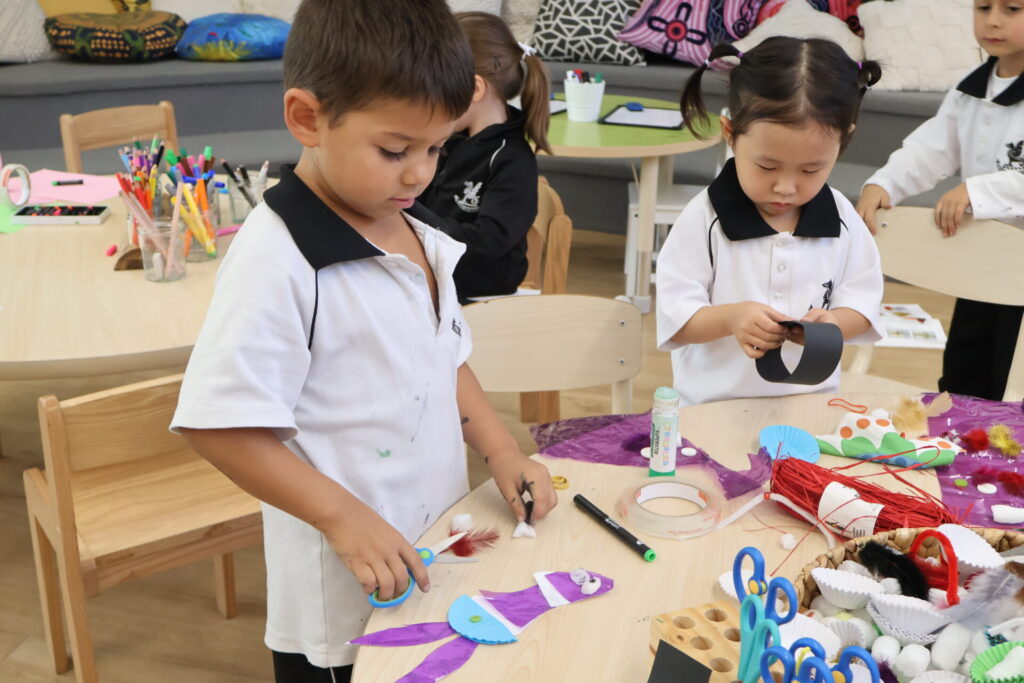
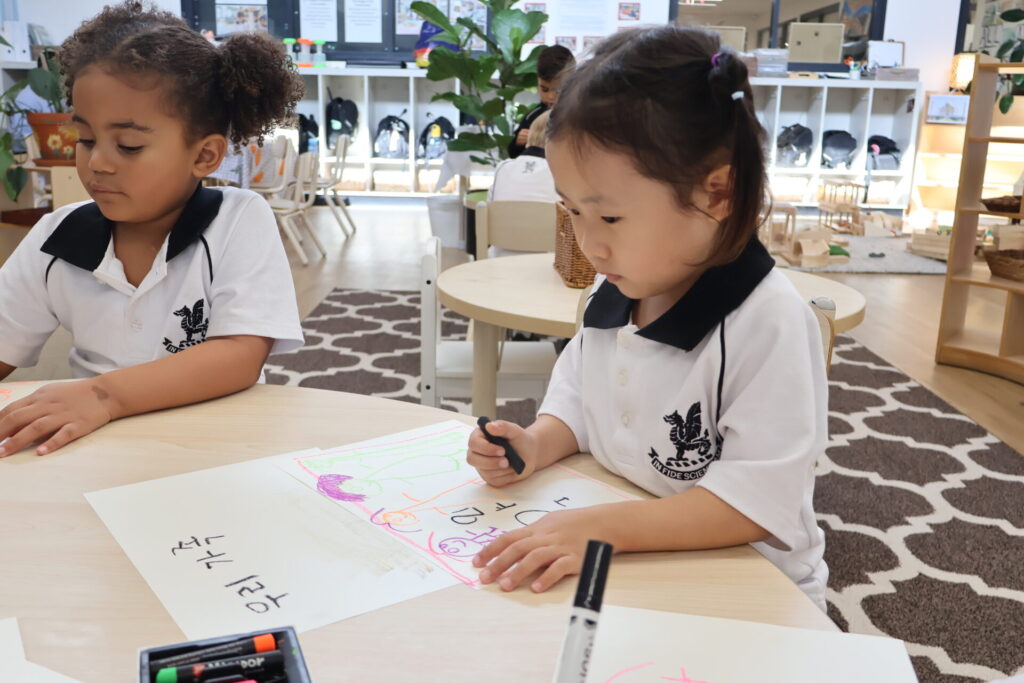
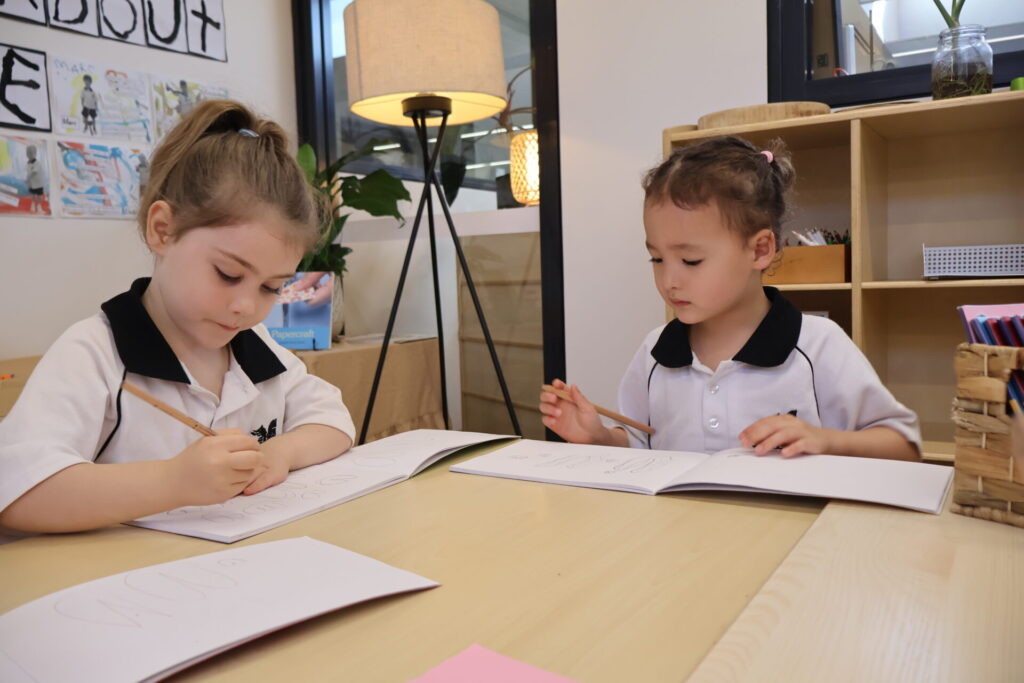
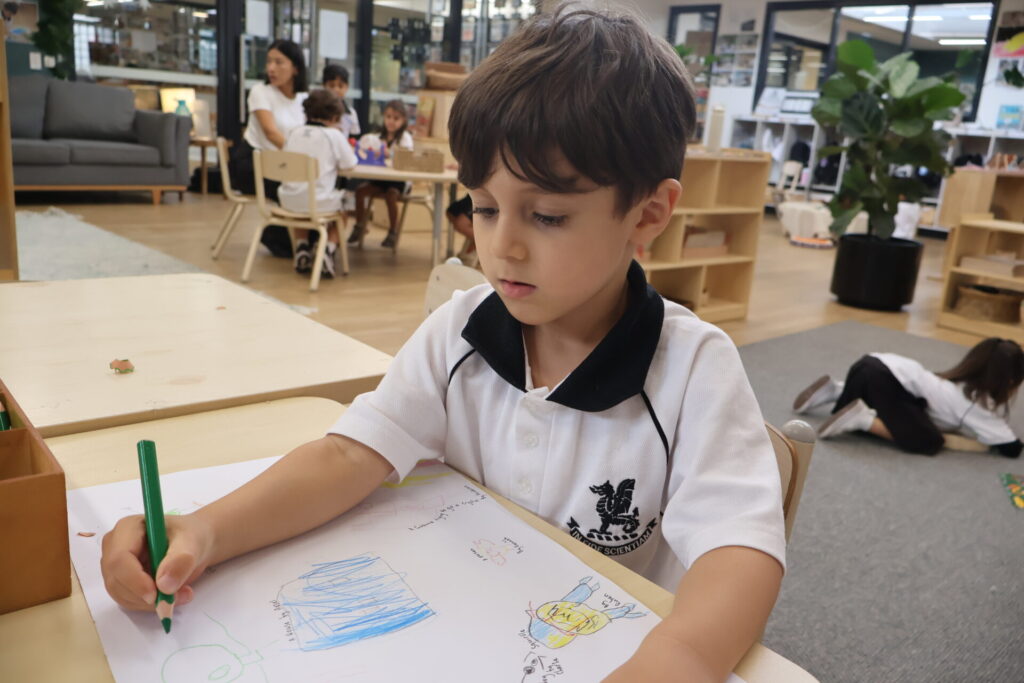
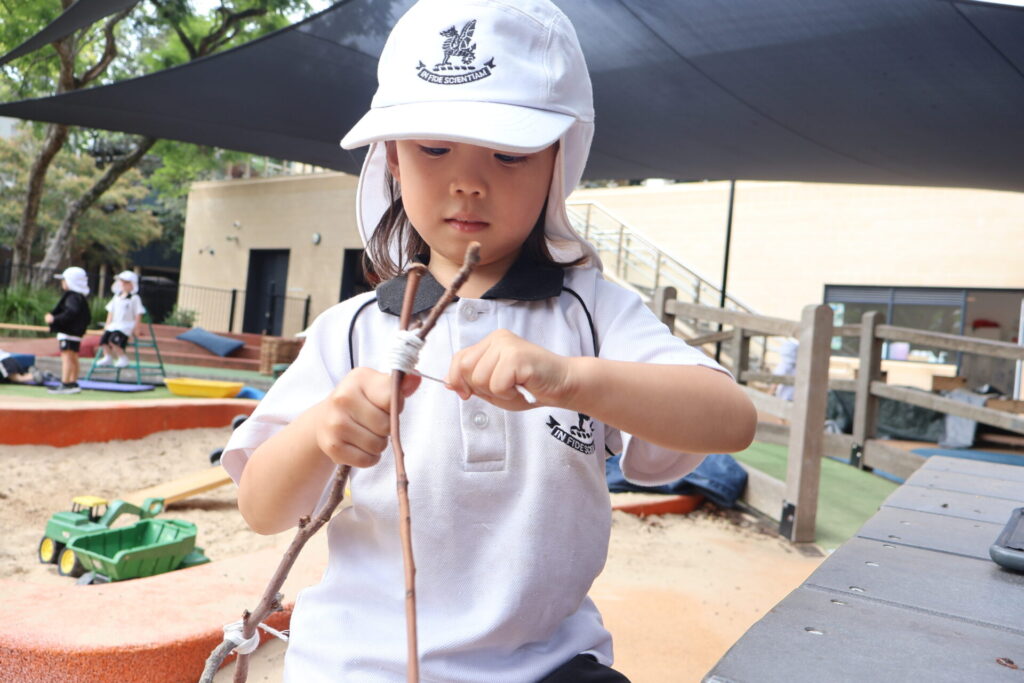
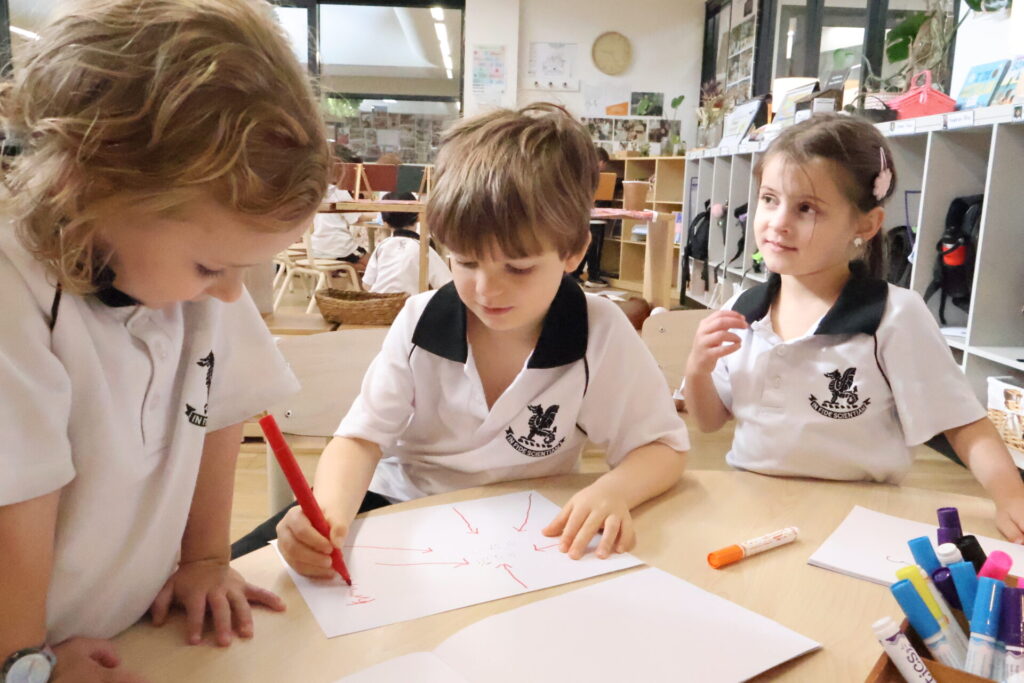
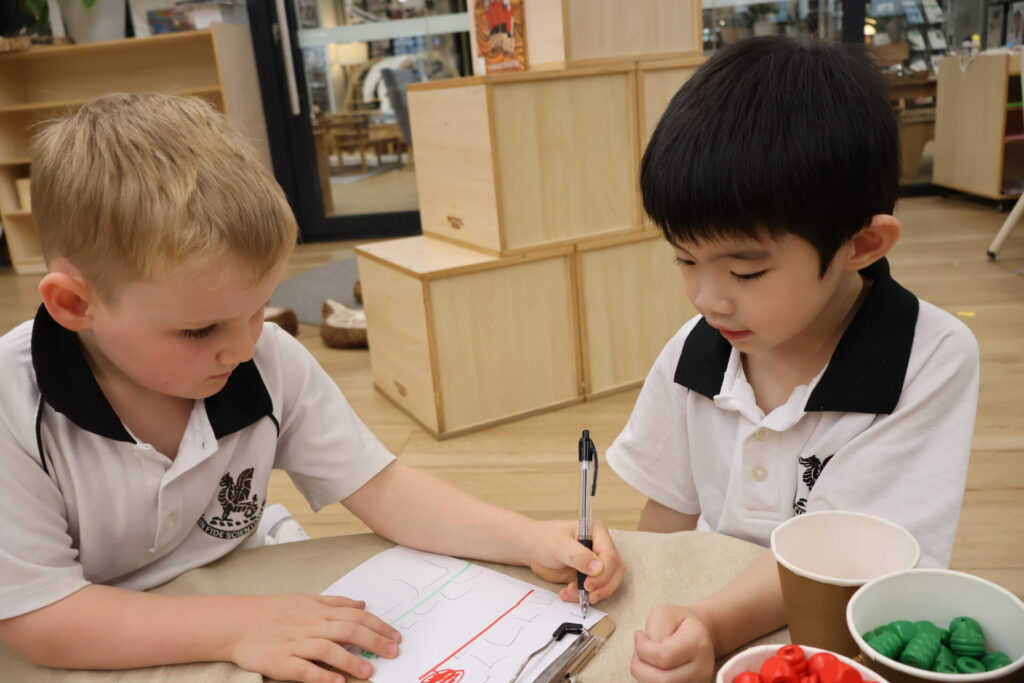
References
Bredekamp, S. & Copple, C., Eds. 2009. Developmentally appropriate practices in Early Childhood Programs. Washington, DC: National Association for the Education of Young Children.
Exner, C.E. 2005. Development of Hand Skills. In J. Case-Smith (Eds.), Occupational Therapy for children. (Pp. 304-355). St. Louis, MO: Elsevier.
Henderson, A. & Pehoski, C., Eds. 2006. Hand function in the child: foundations for remediation. St. Louis, MO: Mosby.
Important Information
ELC Individual and Class Photos: Tuesday 20 May & Friday 23 May
- Tuesday 20 May: 5-day attendees and 3-day attendees (Mon-Wed)
- Friday 23 May: 2-day attendees (Thurs-Fri) and any children absent on Tuesday 20 May
Vision Assessment – Goanna and Eagle Classes
The Statewide Eyesight Preschooler Screening (StEPS) program is an initiative of NSW Health and offers 4-year-old children, eligible for school in 2026 (who have not been previously screened), a free vision assessment.
We have arranged for the StEPS program to visit the ELC on the following dates at 9:00am:
- Wednesday 4 June – Goanna Class
- Thursday 5 June – Eagle Class
Consent forms are available at reception. Please ensure the original forms are completed, signed, and returned to ELC reception by Friday 30 May.

What’s Happening This Term
Chapel Thought
At Newington, when we ‘explore Faith’ our hope is that all in our community may know the all-inclusive love of their God. In all faiths, the principal of love is central to what they teach. For Christians, love, and in particular the love of God, is fundamental to how we understand our relationship with God and one another. Our Faith, as expressed through the theology of the Uniting Church in Australia, affirms that God loves and includes all people. Our background or experience, our current context or our past actions don’t matter, we are simply loved and accepted by God, just as we are.
Knowing the all-inclusive love of God means having the courage to show acceptance towards groups that are marginalised and welcome to those who are different.
Sharing the all-inclusive love of God means having the integrity to stand up for what is right, remaining true to our beliefs in what the Kingdom of God represents for all people.
Showing the all-inclusive love of God means acting with kindness towards all people and offering compassion to those in need.
At Newington, our hope is that when our students and our wider community ‘explore Faith’ they might know and come to show the all-inclusive love of God in all that they do.
– Pastor Richard La’Brooy
The Breadth of Opportunity with Amy Van Arkkels
Last term we checked in with Deputy, Academic (K-12) Amy Van Arkkels about the endless possibilities Newington provides for all types of students – because every child is unique.
To learn more about the breadth of opportunity available at Newington watch the video below or visit the Learning and Teaching page on our website.
Eungai Creek Campus Design Award nomination
We are thrilled that our Eungai Creek Campus has been shortlisted in the Urban and Community Scale Category as part of the 2025 Biophilic Design Awards!
The judges admired its ‘light, respectful presence on Country, commitment to circular materials, and outstanding engagement with First Nations communities.’
We thank AJC Architects for their work on the project, creating the home of our social service immersion and outdoor education programs.
Learn more about the awards at the Living Future Institute Australia website.
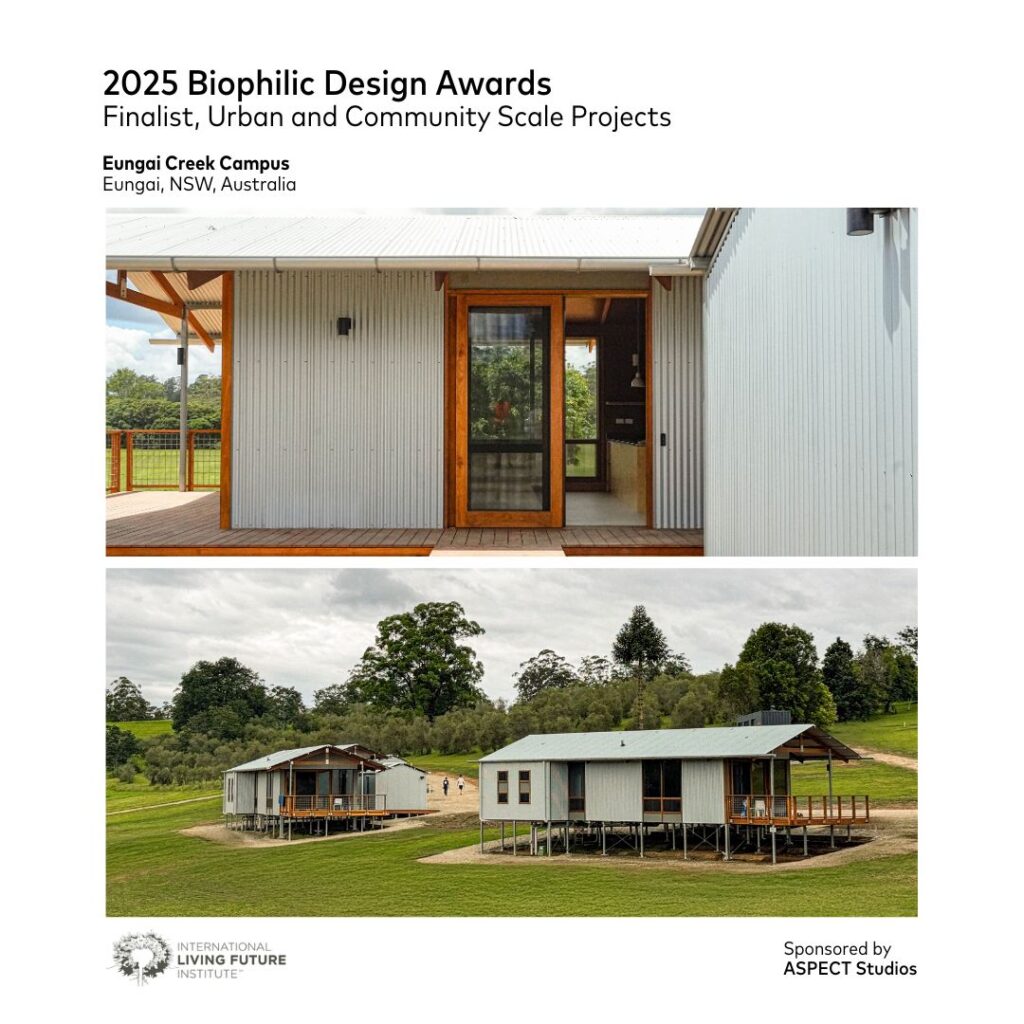
Parent Learning Series: Boys, Girls, Brains & Behaviour with Justin Coulson
Newington College warmly invites all our parents, and families outside our community, to an evening with Dr Justin Coulson on Thursday 5 June in the Old Boys Lecture Theatre, starting at 5.30pm with refreshments.
Stereotypes about boys and girls have been around for centuries. We all grew up learning that girls play with dolls and boys play with trucks, girls wear pink and boys wear blue, girls are good at reading and boys are good at maths, boys are active and use their bodies, but girls prefer to be sedentary and talk lots.
Despite the supposed gender revolution, boys and girls really do seem to be different. They relate to others differently, develop differently, play differently, receive diagnoses differently, experience mental health challenges differently, and more.
In this science-based presentation, Dr Justin Coulson unpacks brain, behaviour, and gender myths, truths, and rumours to help parents work with their children to uncover their strengths, build motivation, and maximise their resilience and wellbeing.
Staff Profile

A recent addition to the school, Argyris Giantsis brings with him a deep love of the classical world. Passionate about all things ancient, he’s excited to share the richness of the Greek and Latin languages with his students and become part of our growing community.
Q. Why teaching? What is it you enjoy about teaching?
A. Teaching lets me share my passion for the timeless, whether it’s the music of a classical sonata or the words of Cicero or Homer. I love helping students connect with the great minds of the past and seeing those ancient voices spark something new in the present.
Q. If you could have dinner with any historical figure or celebrity, dead or alive, who would it be and what would you talk about?
A. If I could meet anyone, I’d choose to interview an eminent philosopher of the past, someone whose ideas have shaped generations, like Socrates, Plato or Aristotle.
I’d want to explore how they saw the role of reason, virtue, and language in human life, and whether they believed we’re any closer to wisdom today. There’s something deeply moving about sitting across from a mind that still speaks to us across thousands of years. I wouldn’t just ask questions; I’d want to listen, to truly understand how they made sense of a world that was, in many ways, as complex and contradictory as ours.
Q. In a world where you could have any superpower for a day, what would it be and how would you use it in your teaching?
A. If I could have any superpower for a day, I’d choose the ability to walk through time..just once.
I’d take my students with me, stepping into the Athenian agora as Socrates questioned the crowd, or standing in the temple of Jupiter in Palatine Hill as Cicero delivered a thunderous speech. I’d let them feel the dust, hear the voices, and realise that these were real people with real thoughts, fears, and dreams.
Because once you’ve been there, even just for a moment, the ancient world stops being distant; it becomes something alive and deeply human.

